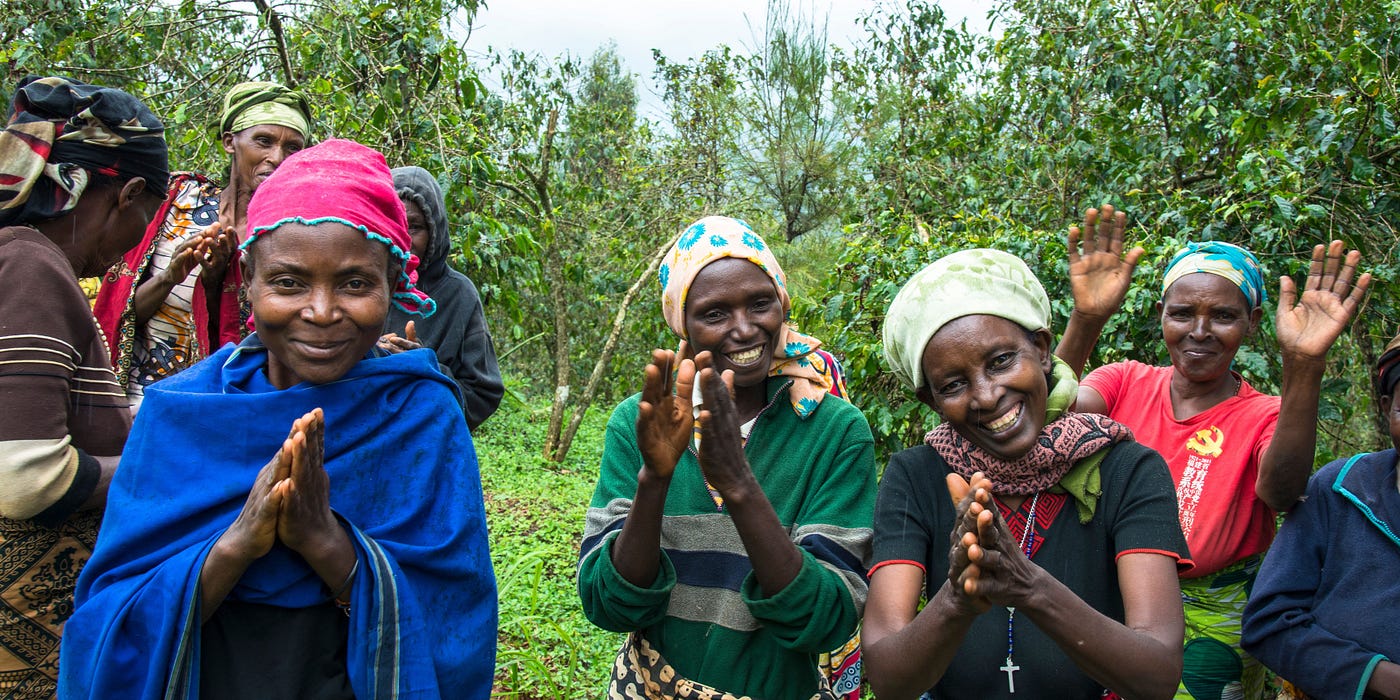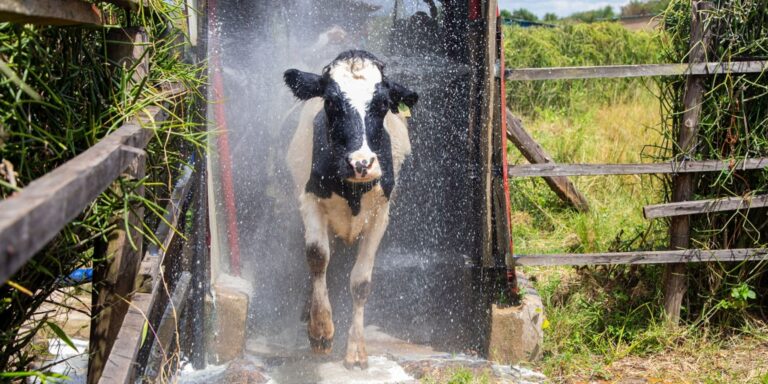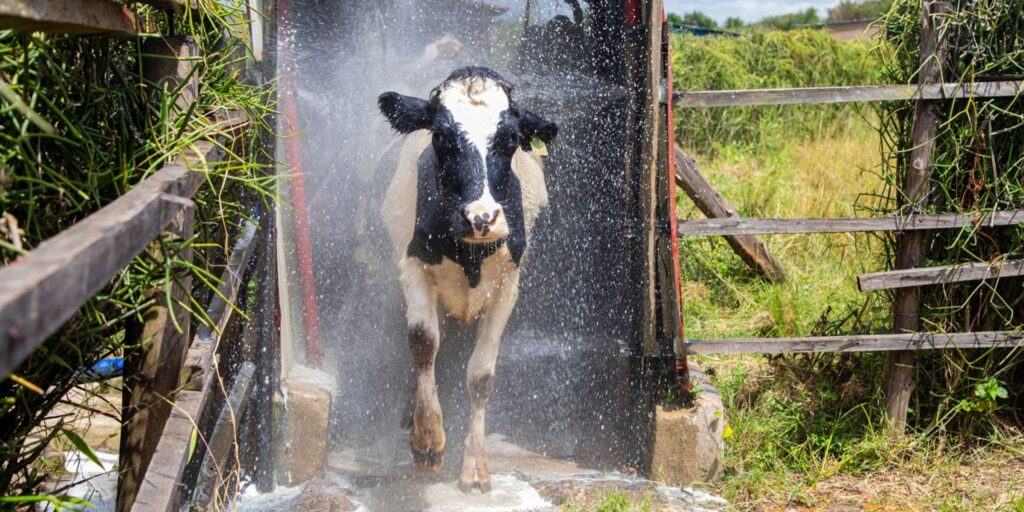Government of Rwanda (GoR) have embarked on a comprehensive policy agenda with the objective of transforming the agricultural sector, as part of the overall national development plan.

The GoR aims to increase agricultural productivity by modernizing agriculture and livestock sector to achieve food security, grow the economy and reduce the risk faced by smallholder farmers and herders. The development and commercialization of agriculture today requires financial services that can support: larger agriculture investments and agriculture -related infrastructure that require long-term funding, a greater inclusion of youth and women in the sector, and advancements in technology. An important challenge is to address systemic risks through insurance and other risk management mechanisms and lower operating costs in dealing with smallholder farmers. Increased access and use of financial services, including credit, payments, savings and insurance, will play a central role in the agricultural transformation agenda.
To crowd in investment to agriculture sector and as part of a broader engagement on de-risking the sector as a whole, the GoR launched the National Agricultural Insurance Scheme (NAIS) in 2019 comprising of both crop and livestock insurance schemes. The scheme was designed to mitigate risks and loses incurred by small scale subsistence farmers due to unpredictable natural disasters, pests and diseases that affect their livestock and crops. Dubbed “Tekana Urishingiwe Muhinzi Mworozi”(Smallholder farmer, feel safe, you are insured), the scheme supports a range of government policy objectives such as increased access to agricultural inputs, credit, improved agriculture productivity and reduced vulnerability and expenditure on social protection programs.
A Public Private Partnership model requires a careful design that can evolve over time as both the Government and the private sector learn from the results and situations experienced. The NAIS was designed by K.M. Dastur & Company Limited, London (KMD) based on the principles of Human Centered Design (HCD) that ensures the design of the insurance solutions (features and risk coverage) are need — based, adjusted to the local content / context (especially the target segment) and linked to comprehensive risk management strategies. The Ministry of Agriculture and Animal Resources and Rwanda Agriculture and animal Resources Development Board (RAB) conducted a feasibility study to gauge the demand for agriculture insurance among farmers in Rwanda and to explore appropriate strategies/ product solutions that would address their needs in dealing with different risks in livestock and crop production. During the project conceptualization and design stage, extensive consultations were undertaken with key government and non-government stakeholders, farmer based organizations, development partners, insurance companies and smallholder farmers. All these stakeholders’ views on the relevance and potential challenges of implementing agriculture insurance schemes were factored into the project design.
NAIS has been implemented through a multi-agency framework by selected insurance companies (through a tender based approach) under the overall guidance and control of the High Level Steering Committee which comprises of all the key stakeholders engaged in the overall ecosystem. The NAIS is still in its early years, some of the key take-away from the scheme include:
· scheme underwritten by five local insurance companies through a co-insurance model; ensuring adequate experience / knowledge transfer and development of the overall insurance market;
· insurance scheme available across the country in selected agricultural value chain (includes both food crops and commercial crops and livestock);
· build on natural aggregators that are efficient and cost effective i.e. insurance bundled with livelihood (through cooperatives) and credit linkage models (through MFIs and banks);
· team from Ministry of Agriculture, station managers and district agronomists and veterinarian officers played a key role in awareness building through mass sensitization programme (involving local leaders); training at village level;
· 40% premium subsidy offered to all farmers reducing the overall cost of insurance — making the scheme more attractive and affordable;
· use of technology — driving efficiency, minimizing costs, enabling fast and error free recording of livestock details (especially usage of Radio Frequency Identification / RFID microchip reduces informational asymmetries, provide unique identification and fraud prevention)
Apart from the sectoral justification and the need of agriculture finance; NAIS Rwanda is also an important tool to achieve the UN’s Sustainable Development Agenda, its goals and targets in the following ways:
· build resilience — support the formalisation, growth and productivity of small-scale farmers;
· provide a buffer to stop the vicious cycle of poverty and contribute towards poverty alleviation;
· access to credit thereby encouraging investment in enhanced agricultural practice;
· complements and strengthens other climate change coping efforts;
· improve the livelihoods notably cash incomes, food security, nutrition, resilience to shocks
The scheme is being well-accepted amongst the target segment and has done well till now, though it’s too early to conclude on its outcome; however, the outlook is positive and GoR is putting in all the efforts required to achieve the key objective of the scheme of ‘Building resilient and prosperous society, where people live with dignity’.
KMD London, provided technical assistance to the Government of Rwanda in the design and implementation of the National Agriculture Insurance Scheme. KMD conducted a feasibility study to gauge the demand for agriculture insurance among farmers in Rwanda and to explore appropriate strategies/ product solutions that would address their needs in dealing with different risks in livestock and crop production.





